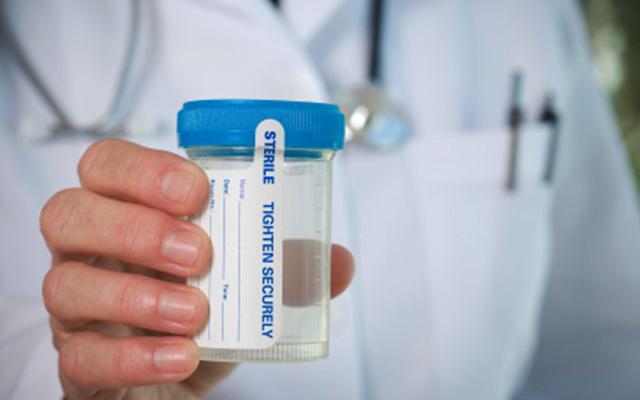As golf is a year away from its Olympic return, now is a good time to look at how the sport is doing as it relates to testing for performance-enhancing drugs.
The World Anti-Doping Agency last week released its annual testing report, which offers a way of slicing and dicing drug-testing data that comes through its laboratories. As it turns out, golfers on the whole return abnormal test results more often than other sports.
In 2014, WADA labs analyzed 507 urine samples -- golf does not do blood testing at any level -- and found eight "adverse analytical findings," which isn't exactly a positive test but suggests a sample came back with results suggesting a banned substance was found. Two types of substances were found in those eight samples: cortico-steroids and diuretics, which is typically used as a masking agent for other substances.
The 1.6 percent rate of AAFs is only better than rates found in tests of equestrian and weight lifting athletes. However, the number of samples collected by golf bodies conducting testing is much lower than almost any other sport in the report.
The 507 samples came from 43 different bodies, many of which are national anti-doping agencies. The Japan Anti-Doping Agency sent the most samples through WADA labs in 2014 with 54 urine samples, including 26 collected outside of competition. The Portuguese, Spanish, German and French anti-doping agencies rounded out the top five in terms of most tests sent through WADA labs.
Over 77 percent of the results -- 391 samples in total -- were collected during competition, and all eight AAFs came from that sample pool. Among the 116 samples collected out of competition, three came back marked as "atypical findings (ATF)," which is a similar, but not as definitive, designation as an AAF. Altogether, samples collected by nine different bodies came back as an AAF or ATF. The French and Italian anti-doping agencies were the only ones to have multiple adverse findings.
It's unclear if any of the players whose samples returned adverse findings had a Therapeutic Use Exemption (TUE), allowing them to take banned substances for medical reasons.
All of the above, is not to say that the golf world only conducting 507 drug tests in 2014. Hardly. That's because samples collected by the PGA Tour, European Tour and LPGA Tour do not go through WADA labs. So, this report does not offer an indication of the rate at which those players test positive for performance-enhancing drugs. Were the PGA Tour to open its testing books, any positive tests wouldn't include samples indicating the use of cortico-steroids, as the tour's anti-doping program does not test for them. They do test for diuretics, which are typically taken by PGA Tour players with a TUE.
The golf world, however, will have to prepare for more stringent testing starting May 6, 2016, when potential Olympic golf participants will become subject to WADA's standards, which will include blood testing.


Add Comment